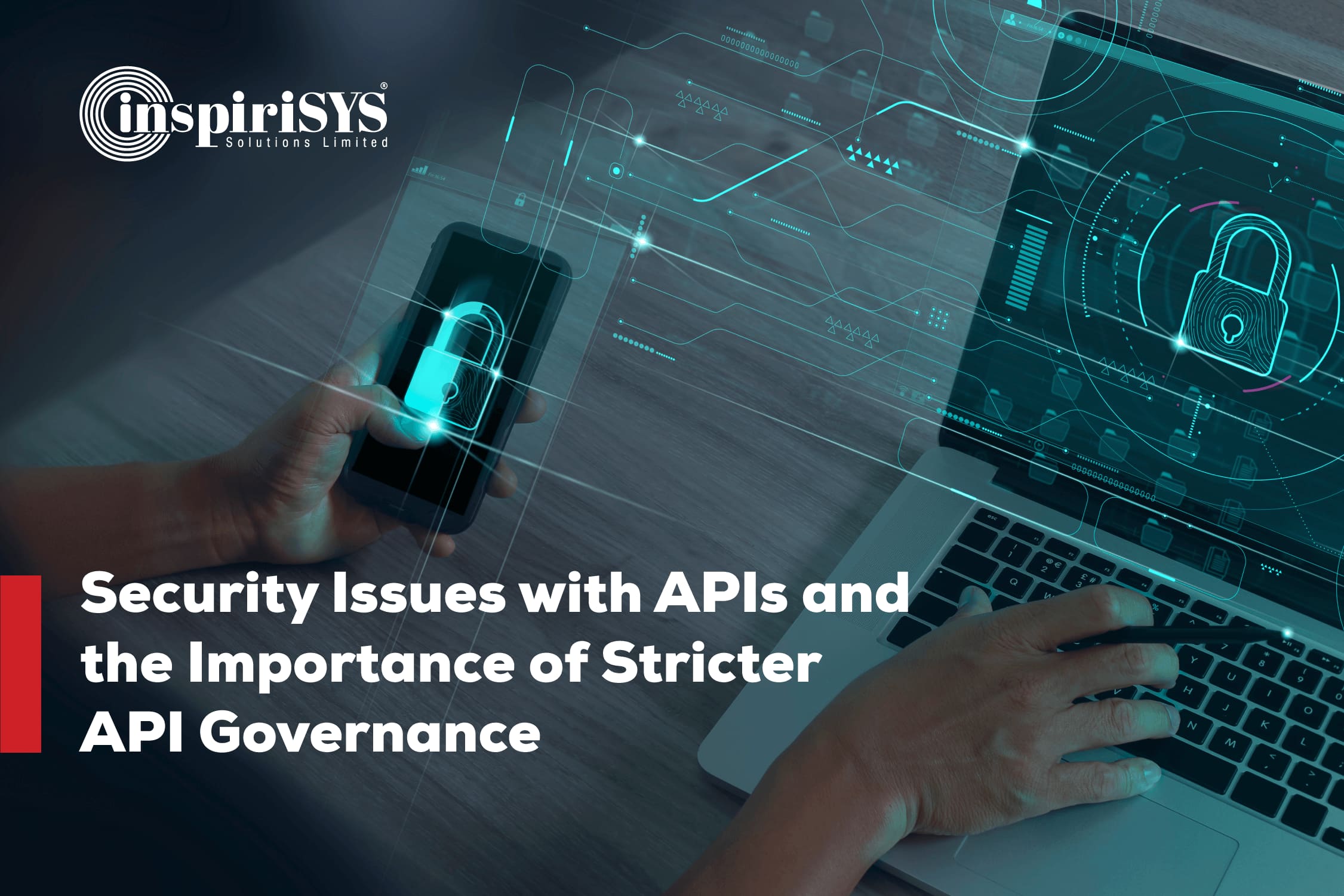Risk is an inescapable aspect of any form of business. Risks cannot be eliminated but mitigated to effectively contain the impact of catastrophic events. As more companies continue to develop and adopt APIs (Application Programming Interface), understanding their inherent security vulnerabilities are critical to surviving cybersecurity breaches.
Knowing how hackers can exploit code weaknesses is the key to developing effective cybersecurity risk assessment strategies. Gartner predicts that API security vulnerabilities will be the target of choice of most cybersecurity attacks in 2022. This blog looks at a few common API vulnerabilities, and the security strategies that can be employed to solve them.
API Security Vulnerabilities and Solutions
API security can no longer be an afterthought. Putting yourself in a hacker’s shoes helps you understand what you need to do better to secure your systems, data, and ultimately, your enterprise.
Excessive Data Exposure
Excessive data exposure occurs when APIs relay too much information to a user while performing a specific action. Each user should only receive the data they need to carry out their functions. Mobile and web applications that rely on API calls can trigger responses that expose unfiltered data for attackers to leverage.
The reason behind enabling excessive data exposure is to allow all data to be returned during development. The filters can be set at a later stage while developing the UI. This creates a security risk because attackers can view all the data sent by the API at the endpoint. The entire data set becomes visible to the attacker unintentionally, as it has been intercepted before passing through the client-side filter.
Excessive data exposure can be managed in a couple of ways. APIs that aren’t meant to communicate sensitive data should not be able to return it. Keeping track of where such data is stored, and how it can be accessed becomes vital. There are several tools to scan for sensitive information while detecting data leakages in real-time. Find and classify your data to be aware of what is being exposed to the real word.
Broken User Authentication
User authentication plays a central role in API security. It enables administrators to exercise control over the API by preventing regular users from accessing secured resources. Once the authentication system is compromised, there are higher chances for data leaks, modification, data being deleted and hostile takeovers by malicious attackers. Poor user authentication means any user can take on the identity of another.
There are several aspects that create vulnerabilities among user authentication systems. The design could be insufficiently restrictive in the event of failed authentication attempts. The lack of captchas, password cooldowns, encryption keys, and multi-factor authentication can all contribute to ineffective authentication.
A few measures can be adopted to effectively prevent the breaking of user authentication mechanisms for APIs. Security engineers and developers need to be clear about how the API authentication system functions. Other more familiar steps may include implementing multi-factor authentication, password reset endpoints, and other anti-brute-forcing mechanisms.
Security Misconfiguration
Misconfiguration of security systems can sometimes be more dangerous than their complete absence. There are two major reasons for this. It allows attackers to bypass implemented systems. It also gives developers and maintenance teams a false sense of security. Therefore, it is essential that the correct security systems implemented with the right configuration.
Securing misconfigurations can occur in a range of dimensions. Even something as simple as not having the latest security patches can classify as basic security misconfigurations. Another misconfiguration involves divulging detailed error logs that can offer insights into the API construction. This furnishes a malicious actor with plenty of details to exploit API vulnerabilities.
The main strategy to deal with security misconfiguration is to mitigate them at each stage of the API development and deployment cycles. Constant assessment and review of API security configuration post deployment is essential to keep up with evolving programming languages and technologies. Reviews should be conducted at fixed time intervals with special iterations when a critical vulnerability is patched.
Improper Asset Management
Improper asset management occurs when there are two versions of an API, for example v1.0 & v2.0, but we forget to delete the former after starting to use v2.0. The vulnerability is that the previous version (v1.0) might not have the latest security updates. It may also be using obsolete features that make finding and fixing vulnerabilities a challenge. Data leaks and server takeovers are potential consequences of improper asset management.
Vulnerabilities in this case also begin with APIs that are obsolete or unpatched. Attackers can bypass security using known and established flaws, as there are no security features given through updates. API hosts that have no clear purpose but still have access to information certainly create vulnerabilities.
The solution to improper asset management is rather straightforward: Manage your assets effectively. Delete unused and out-of-date APIs as they create an unnecessary point of access. Forgetting about them entirely opens them up to attack by malicious actors. Create an inventory of all used APIs, including key details such as accessibility, version, the API environment, and its current stage in the iteration cycle. These precautions will ensure that you manage your assets effectively.
Conducting a vulnerability assessment of your APIs will enable you to strategize how you can manage your assets effectively. It is important to realize that APIs may contain multiple security issues simultaneously.

The Importance of API Governance
Unfortunately, API governance is viewed as a hindrance by developers as it slows down development. Therefore, governance has been hard to enforce thus far. The challenges of flexibility, reportability, downtimes, and other inconveniences have turned off most enterprises from enforcing strict API governance practices. Developing a centralized set of organization-wide API governance rules.
Setting standards and applying a common set of rules and practices relating to API security policies is essential today, with the rate of hacker attacks and data breaches constantly on the rise. Designing your APIs based off a common data model will set the norm among developers globally. This will ensure that the vulnerabilities that are created during the development phase are largely done away with. Here are a few basic principles that can be adopted to protect your APIs from vulnerabilities in the development stage:
-
Allow room for reportable exceptions to ensure flexibility and responsiveness.
-
Automate governance checks and compliance.
-
Enforce governance standards at every stage of the API lifecycle.
-
Design robust API iterations.
-
Ensure that all standards are met prior to API deployment.

How Inspirisys Can Help
Inspirisys has a range of security solutions to safeguard your enterprise from malicious agents. Our SIEM services come with an effective security monitoring system that incorporates data gathered from the continuous monitoring of endpoints. We also assist you in managing the complete life cycle of employee user accounts from hiring to termination, and more. Get in touch with us for the most advanced cybersecurity services for your business.







